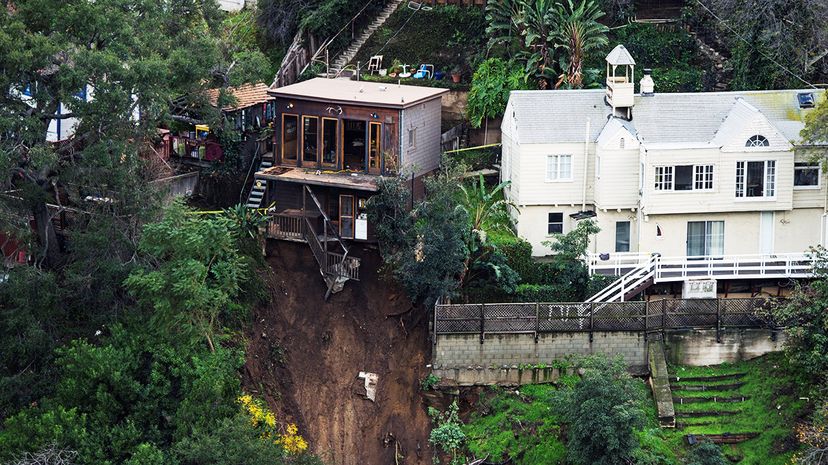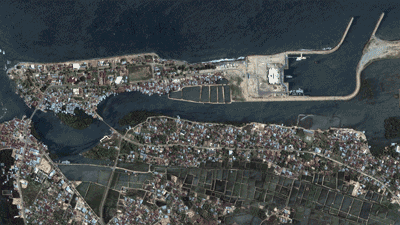
When it comes to natural disasters, the tornadoes and tsunamis of the world tend to get most of the attention. Rarely do landslides seize as many headlines as the volcanoes and earthquakes that can cause them. But when the ground literally rips downhill, the effect is often more damaging than what triggers it. The force of landslides can cave houses, dam rivers and annihilate entire towns. Worldwide, landslides were responsible for 32,322 deaths between 2004 and 2010 [source: Petley]. They inflict damage that costs the United States alone between $3 and $4 billion each year [source: American Geosciences Institute].
Landslides are a form of mass movement, a term used to describe any sort of gravity-induced movement of sediment down a slope. Mass movements can occur slowly over a period of years, or they can happen in a matter of minutes. A mass movement can be as small as some rocks and debris you kick down a small incline or as big as the 1980 landslide set off by the eruption of Mount St. Helens.
Advertisement
There are many kinds of mass movements categorized by the type of material involved, the way they moved and how fast they move. However, with any mass movement, a soil layer is separated to some degree from the underlying bedrock. Soil is the relatively loose mixture of worn-down rock, minerals, air, water and decayed organic matter that covers the ground. Bedrock is the more stable, solid layer of rock underneath.
Although the word landslide often is used (incorrectly) to encompass many types of mass movements, a landslide is actually something more specific. A slide refers to a mass movement where rocks and sediment are loosened from the stable, underlying bedrock along a distinct zone of weakness. The rocks and sediment separate and move down the slope rapidly. You could think of it as a poster fastened to a wall with tape. The poster will remain on the wall barring any outside force acting on it. But if extra weight is attached to the poster, or if the tape is moistened, the connection will be weakened and the poster will fall.
In this article you'll learn what happens if a landslide happens underwater, why deforestation and water don't mix and just how powerful (and hot!) volcanic landslides can be.

